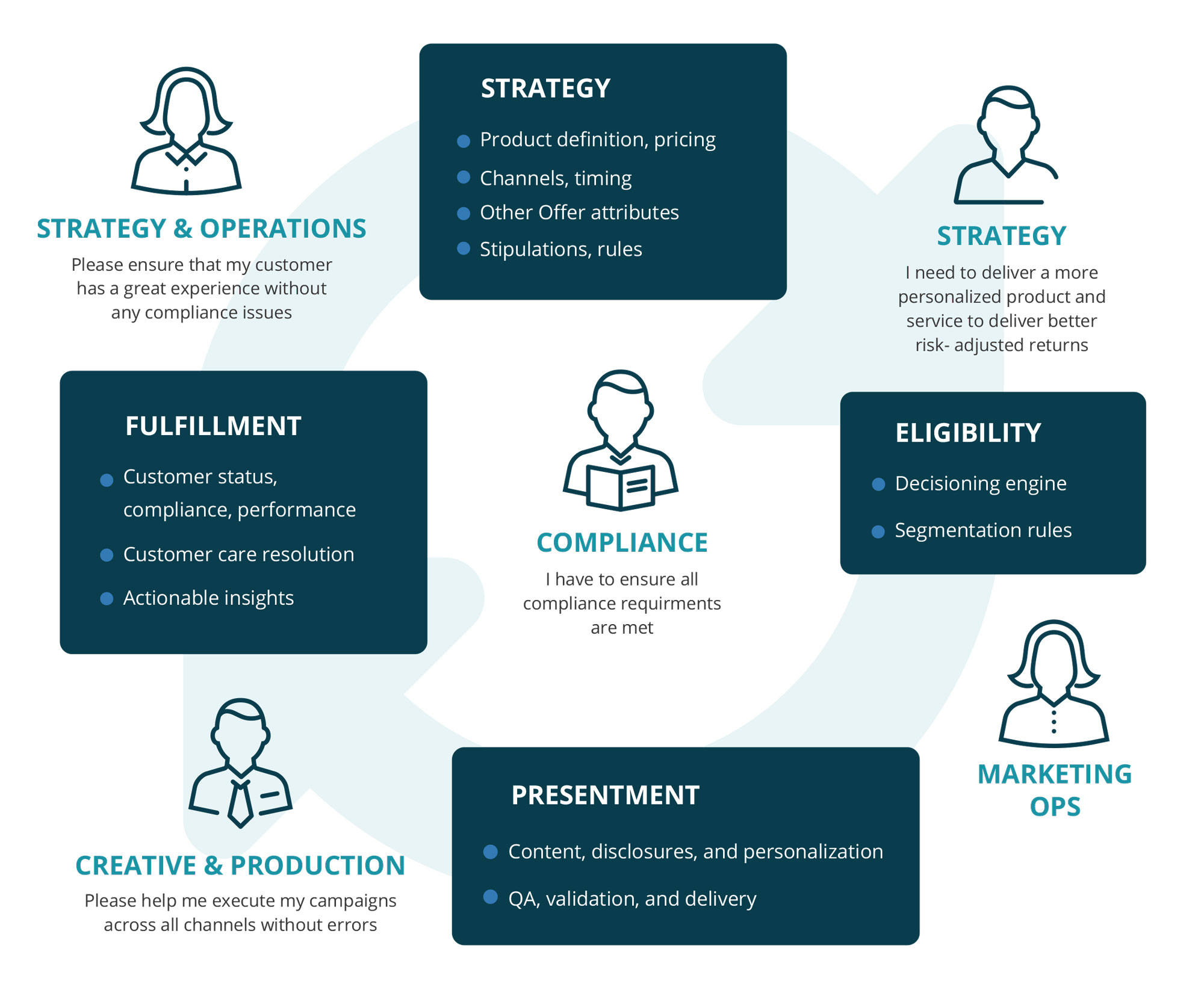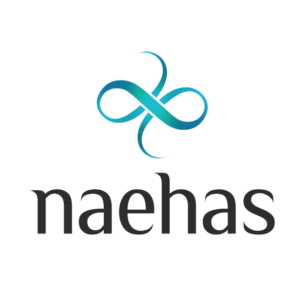In today’s challenging banking environment, personalized banking and risk management are top of mind for financial service executives and their marketing, product, and compliance teams. As the drumbeat of digital transformation has intensified, and as the Federal Reserve rates have steadily increased, so, there is good news to report. An increasing number of banks and financial services organizations are turning to automation technologies to increase efficiency, personalize product offers and accelerate revenue.
That said, many marketing professionals in mid-to-large-sized banks approach the creation of each offer with anxiety and trepidation about creating a noncompliant proposal. Personalized banking has taken on new, digitally-focused dimensions. This is widely known, as our team is seeing and hearing first-hand from clients and industry thought leaders. This was noted in recent overviews of the American Banker Conference on Digital Banking. Those institutions which accelerate their use of automation – to answer the growing needs of their customers, and to manage risk through enhanced regulatory compliance, will be better equipped to navigate through future market volatility. The message is clear: automating to enhance personalized banking and compliance are essential for banks of all sizes.
Automation to Enhance Compliance and CX
Compliance will carefully and repeatedly read offer terms and conditions to ensure there are no inconsistencies, missing information or typos that might cause an offer to be rejected later in the review process. This time-consuming, manual process not only bottlenecks product development, but fails to completely overcome the risk of human error that could cause costly predicaments. And, the cost of noncompliance is high. The Aurexia Institute reports:
“Since the global financial crisis that started in 2008, there has been over $450 billion USD worth of compliance penalties worldwide. Regulations are also becoming more complex to comply with; since 2016 alone, compliance teams have faced over 51,000 regulatory changes. The typical ‘bulge bracket’ institution is spending over $1 billion USD annually on compliance.”
As banks and other fiserv companies seek to modernize and automate their offer management solutions, the answer to maintaining compliance with GDPR, AML, KYC, PII and other three- to four-letter acronyms may be a two-letter abbreviation: AI. Here’s a look at how your offer management process can become more innovative while remaining compliant.
The Benefits of AI-Powered Offer Reviews and Comparisons
According to a global study conducted by the University of Cambridge and the World Economic Forum, 85% of financial services organizations are currently using AI, and 77% of senior executives anticipate AI to have high or very high business importance in the next two years. Of note, the survey sample was almost equally divided among both fintech and legacy financial institutions.
With new modern offer management platforms, like those offered by Naehas, AI-powered offer review capabilities check promotional content against a repository of the latest regulatory controls and requirements. Automated self-audits keep in-market offers in check against regulatory changes.
An intelligent AI-driven offer management solution rapidly reviews offer terms, streamlines eligibility checks and approval workflows, and gets offers to market in four confident steps:

- Step 1: Strategy – A marketing strategist defines the product to be offered, along with pricing, timeframes, and fulfillment channels. They will define attributes, terms of service, and eligibility rules.
- Step 3: Eligibility – Approved offers are sent to a decisioning engine, which applies these rules to choose an eligible audience. Specifically, customers who will find the offer most compelling and drive the most risk-adjusted value to the business.
- Step 3: Presentment – Offer content is personalized for audience segments based on criteria. Review and approval processes are streamlined using AI and machine learning to ensure offers meet compliance and brand requirements.
- Step 4: Fulfillment – When a customer accepts the offer and satisfies all of its stipulations, the reward or bonus must be fulfilled and posted to the customer account. Customer care teams have real-time visibility into fulfillment status to respond to customer inquiries.
Automated offer reviews minimize the painstaking process of reading and assessing each offer term and clause against the myriad of potential regulatory exposure. It enables strategists/compliance/marketing professionals to do more challenging, high-value work. And, built-in approval workflow automation capabilities remove bottlenecks from the process of moving offers through the organization swiftly and seamlessly.
As a result of processes like the one outlined above – in concert with Naehas’ AI platform – Naehas has seen financial services firms that modernize their offer management processes and adopt best practices become positioned to upsell three times as many financial products (or more) to their customers. Their customer service teams address offer inquiries in near real-time, and they accelerate client payments by 40 days.
Case Study: Top 10 Multinational Bank
A couple of years ago, a top-ten multinational investment bank and financial services company (and long-time Naehas customer) approached Naehas to modernize their offer management solution in order to increase personalization, reduce compliance risk, and drive out operational costs. Following the process outlined above, the bank realized a significant impact across the business, including:
- 3x increase in personalization
- 25% fewer offer review errors
- 75% reduced approval time
- 80% reduced QC time
- $600k savings per year in IT costs
- $70K savings in operational costs
To read the full story and find more recommendations for reducing risk while modernizing offer management, download the free eBook, “Modernizing Offer Management: Maintain a Critical Edge in the Digital Age.”
Personalized banking for today’s digitally savvy customer is taking on new meaning, and creating new opportunities for banks to do more for their customers. Leveraging automation is the way forward to meet increased demands of those customers, while managing risk with automated tools that help banks meet the highly-complex demands of compliance regulators.







